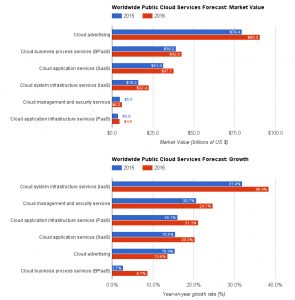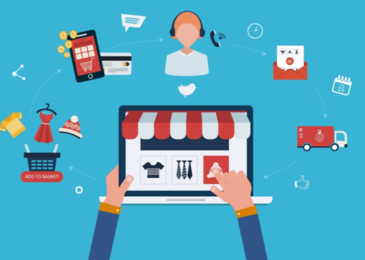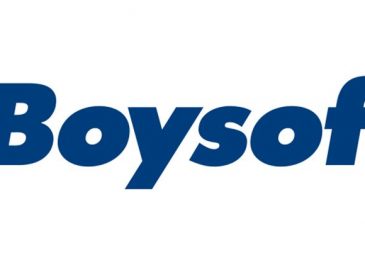Years ago, if a business wanted to sell software they had to offer individual licenses for each customer and charged for each license. If someone bought software and only used it for a few months, they still had to pay the full price. Recently, the software-as-a-service (Saas) model has grown tremendously as a preferred way to handle software sales for both buyers and sellers. For sellers, the advantage is you’re guaranteed consistent monthly income as long as your customers don’t cancel. For buyers, they get to only pay for the services they use. If they only want to use the software for a couple of months, that’s all they have to pay for.
Many of today’s top businesses are in theSaas industry, including Salesforce, Marketo, Mailchimip and KISSMetrics. This should give you an idea of how lucrative this model can be.But before you jump into it, there are some things you should consider.
How will you manage subscriptions?
One of the very first things you need to think about when getting involved in Saas is how your subscriptions will be managed. Having reliable software to manage online subscriptions is going to be extremely important. You need something that will make it easy for your subscribers to manage their account. This means upgrading their subscription level, unsubscribing, or changing their payment method should be able to be done with ease. The more difficult it is for customers to navigate your user interface, the more likely they are to cancel.
It’s not a “get rich quick scheme”
One of the lessons to learn from Hubspot’s founder is that Saas will generate income over time, rather than an immediate return. For instance, one company may charge $300 for their software. That means that they get all of their income upfront and right away. However, with a subscription model, you may charge $30 a month for your software. So your money will come in over time. This is both good and bad. On one hand, since money comes in a little slower, you will have to account for the possibility of having cash flow issues. On the other hand, consumers will see your $30 price point as affordable instead of having to make a $300 payment.
Accepting payments
This ties into managing your subscriptions in a way. Getting paid for your subscriptions is obviously going to be at the top of your priorities. You’re going to need an online payment processor that specializes in dealing with subscription services. Oddly enough, some processors are not equipped for Saas so they may not have any options for accepting reoccurring payments.
If you’re marketing your product internationally, you will also need a payment processor that offers international credit card processing. The reason for this is that if the amount your customer is paying is displayed in your country’s currency but not theirs, they will not know how much they’re going to end up getting charged. This will create a headache for you as you’ll have to deal with customer complaints for issues that could easily be avoided.
How much will you charge?
When offering subscription services, your price point will make a big difference in the amount of subscribers you get. The common practice is to offer different subscription levels so that you don’t lose out on customers because your service is too expensive. Have a high, low, and mid-level option to cover all of your bases.
There are expenses involved
A misconception about Saas is that there are no costs involved because you’re selling software. However, there are definitely costs involved. And as your business grows, your expenses will too. Hosting costs, payment processing, and your time spent will all go up as you acquire more customers. Make sure that you’re accounting for these expenses when you figure out your pricing.
Consider all of the information in this post before you go into the Saas industry and you will see greater profits and more success.





